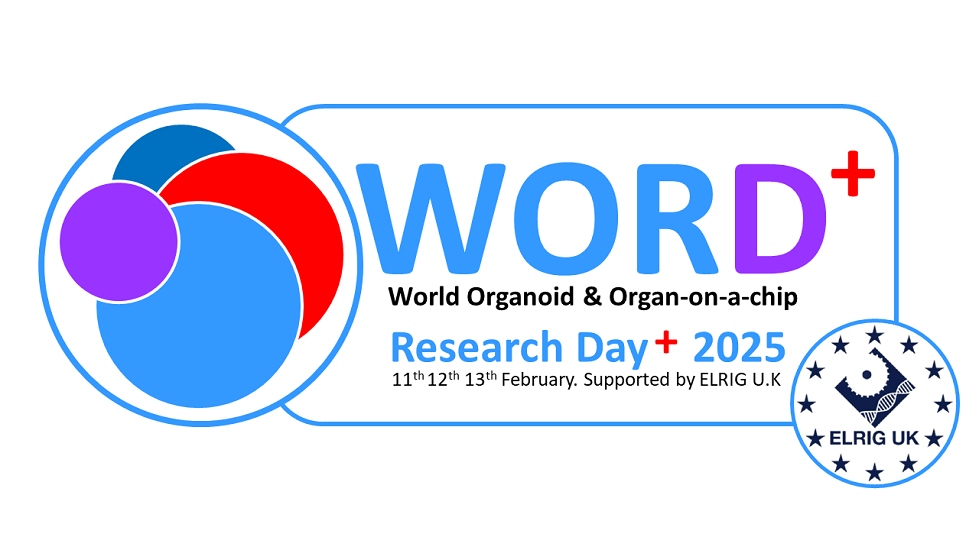Authors
A Huang1;
1 Tempo Bioscience,
Overview
At Tempo Bioscience, we strongly believe in the advantages of using human iPSC-derived cell models for drug discovery (early to late stages), preclinical safety and efficacy assessments, and biomarker authentications. These cell models serve as "nonclinical trials" to evaluate promising drug candidates. For the conference, we will present some of our latest iPSC-derived cell models for the liver 3D/organoids, kidney 3D/spheroids, and the blood-brain-barrier.
Introduction
At Tempo Bioscience, we strongly believe in the advantages of using human iPSC-derived cell models for drug discovery (early to late stages), preclinical safety and efficacy assessments, and biomarker authentications. These cell models serve as "nonclinical trials" to evaluate promising drug candidates. For the conference, we will present some of our latest iPSC-derived cell models for the liver 3D/organoids, kidney 3D/spheroids, and the blood-brain-barrier.
Methods
At Tempo Bioscience, we strongly believe in the advantages of using human iPSC-derived cell models for drug discovery (early to late stages), preclinical safety and efficacy assessments, and biomarker authentications. These cell models serve as "nonclinical trials" to evaluate promising drug candidates. For the conference, we will present some of our latest iPSC-derived cell models for the liver 3D/organoids, kidney 3D/spheroids, and the blood-brain-barrier.
Results
At Tempo Bioscience, we strongly believe in the advantages of using human iPSC-derived cell models for drug discovery (early to late stages), preclinical safety and efficacy assessments, and biomarker authentications. These cell models serve as "nonclinical trials" to evaluate promising drug candidates. For the conference, we will present some of our latest iPSC-derived cell models for the liver 3D/organoids, kidney 3D/spheroids, and the blood-brain-barrier.
Conclusion
At Tempo Bioscience, we strongly believe in the advantages of using human iPSC-derived cell models for drug discovery (early to late stages), preclinical safety and efficacy assessments, and biomarker authentications. These cell models serve as "nonclinical trials" to evaluate promising drug candidates. For the conference, we will present some of our latest iPSC-derived cell models for the liver 3D/organoids, kidney 3D/spheroids, and the blood-brain-barrier.

